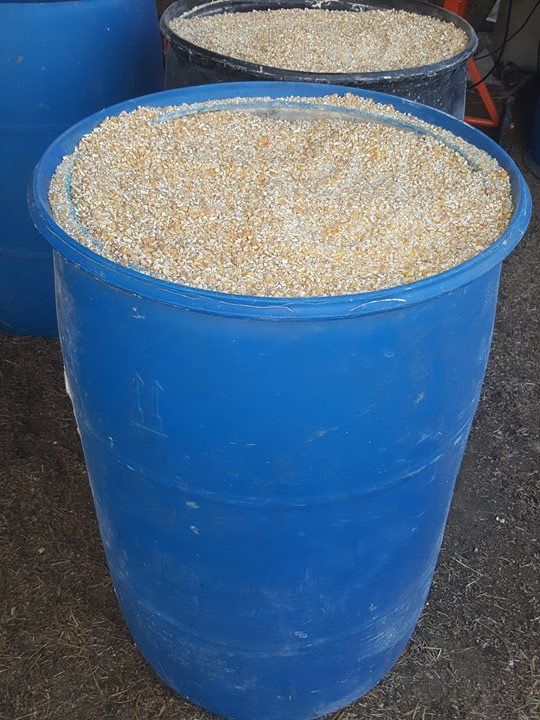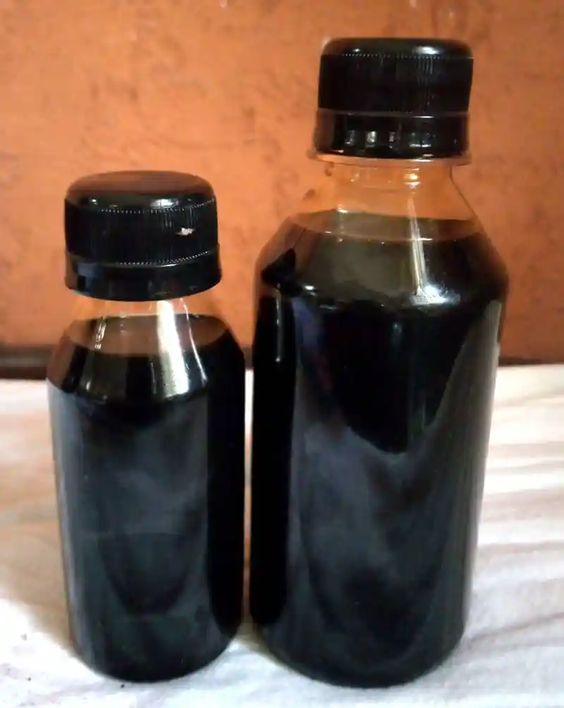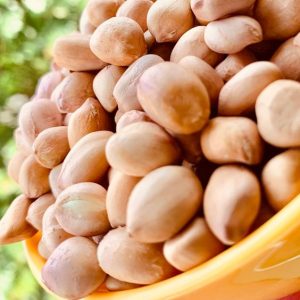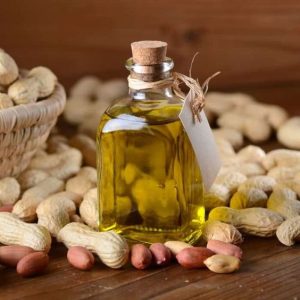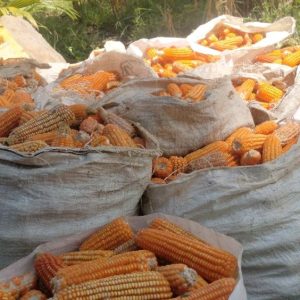Description
Palm Kernel Oil Specifications:
1. Physical Characteristics:
- Color: Light yellow to pale yellow when refined; can be darker in unrefined state.
- Odor: Characteristic odor, which may vary based on processing.
- Taste: Slightly nutty or neutral flavor.
2. Moisture Content:
- Maximum: ≤ 0.1%.
- Low moisture content is crucial to prevent spoilage and ensure shelf stability.
3. Free Fatty Acids (FFA):
- Maximum: ≤ 5% (expressed as oleic acid).
- Lower levels of FFA indicate better quality oil and longer shelf life.
4. Peroxide Value:
- Maximum: ≤ 10 meq/kg.
- The peroxide value indicates the degree of oxidation, with lower values preferred for freshness.
5. Iodine Value:
- Range: 14 to 22.
- This value indicates the degree of unsaturation of the fat, affecting stability and potential applications.
6. Saponification Value:
- Range: 240 to 255 mg KOH/g.
- Important for industries that produce soaps and detergents.
7. Fatty Acid Composition:
- Lauric Acid (C12:0): 45% to 55%.
- Myristic Acid (C14:0): 15% to 18%.
- Palmitic Acid (C16:0): 7% to 9%.
- Oleic Acid (C18:1): 15% to 19%.
- Linoleic Acid (C18:2): 2% to 4%.
- High lauric acid content makes palm kernel oil suitable for various applications, particularly in cosmetics and food.
8. Solidification Point:
- Range: 25°C to 30°C.
- This indicates the temperature at which the oil will solidify, affecting its storage and use.
9. Cholesterol Content:
- Zero: Palm kernel oil is cholesterol-free, making it suitable for health-conscious consumers.
10. Ash Content:
- Maximum: ≤ 0.1%.
- Minimal ash content indicates purity and quality.
11. Packaging:
- Type: Typically packaged in 1 liter, 5 liters, or bulk containers for industrial use.
- Material: Food-grade containers or drums to ensure no contamination.
12. Storage Conditions:
- Temperature: Store in a cool, dry place away from light, ideally between 15°C and 25°C.
- Shelf Life: Up to 12 months if stored properly.
13. Applications:
- Food Industry: Used for frying, baking, and margarine production due to its stability at high temperatures.
- Cosmetics: Commonly used in soaps, lotions, and other personal care products for its moisturizing properties.
- Industrial Uses: Utilized in the production of biodiesel, detergents, and surfactants.
14. Quality Grades:
- Refined Palm Kernel Oil: Free of impurities and suitable for food applications.
- Crude Palm Kernel Oil: May contain higher levels of impurities and is used in industrial applications.
15. Nutritional Value (per 100g):
- Energy: Approximately 900 kcal.
- Total Fat: 100g (primarily saturated fats).
- Saturated Fat: 80%.
- Unsaturated Fat: 20%.
16. Regulatory Compliance:
- Food Safety Standards: Must meet local and international food safety regulations (e.g., FDA, EU regulations).
- Sustainability: Many producers seek RSPO (Roundtable on Sustainable Palm Oil) certification to ensure environmentally friendly practices.
Conclusion:
Palm Kernel Oil is a versatile oil with applications across food, cosmetics, and industrial sectors. Its high lauric acid content and stability at high temperatures make it particularly valuable for frying and baking. Maintaining quality specifications is crucial for ensuring its suitability for various applications and for consumer safety.

